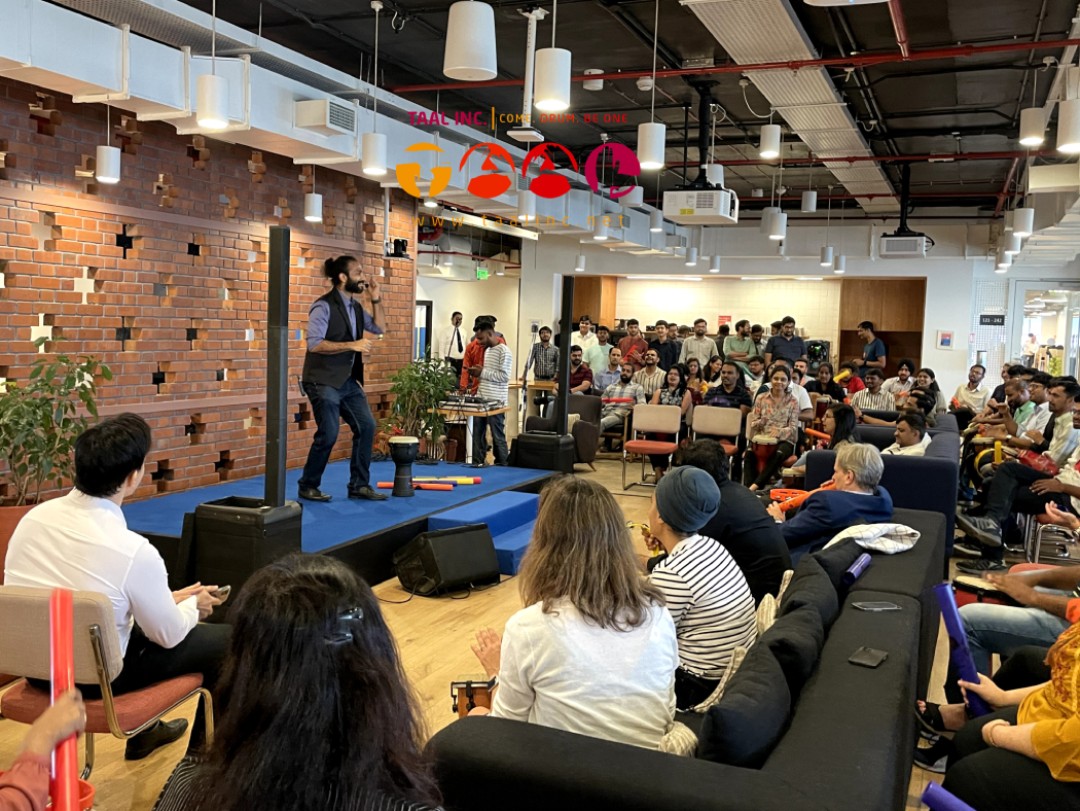Once you’ve been recruited by a large multinational company, it’s probably time for the all-important orientation. Here’s where you will understand and learn all you need to know about your new company, your colleagues, the company culture, your co-workers, the general atmosphere at work, and (probably the most interesting) the facilities for extra curricular activities.
Why does the latter stand out? That’s because it’s what makes your work place feel like home. It reminds you of when you would take short breaks during studies for your term end exams and throw that ball around. OR if you were lucky to have friends / classmates as neighbours then it would remind you of the time when you took a break and went outside for some gulli cricket. What’s the common thread here? Breaks. Taking a break and then getting back to work. Just as standing up after a 20 minute period of sitting continuously can help save your spine and enhance creativity, taking a break from work and playing a round of fussball or getting a cup of coffee with a colleague can help facilitate creativity and sometimes even breakthroughs in problem solving. Here’s why training and development of ourselves is a constant pursuit. Which is why there’s an ongoing mandate of training hours that each employee or group of employees is expected to go through as a part of their routine work progression. This is the bit that generates fatigue at times, doesn’t it? You’ve just studied for over 5-7 years for this job that you finally have and now there are mandatory activities for all the new joinees. Ouch. I do hope that by the end of this blog that you don’t dread these team building activities as much and understand the benefits and importance of corporate training.
These team building activities for employees are really no different from picnics that you have probably been to as children. There are games, there are winners, losers, learning moments, prizes, group discussions, motivational talks, lots of food and drinks too. The type of drink may differ but that is justified. We know about or have been through the same old team building exercises, have sat (day-dreamed) through a lot of these lecture-demonstrations and if we’re lucky enjoyed our training off-sites, actually learning and taking back something to chew on and apply in our workplaces.
I’m here to say that adding rhythm based or drum circle team building activities as a part of the training will help give your employees a high energy, all engaging, experience based and musical experience. So there is absolutely no way that any participant can just glide through this activity without actually pouring themselves into the session. In this way this activity helps to break down existing prejudices that we had about ourselves (and each other too). Break down silos, build connections, make way for open communication channels and help reduce stress. We’ve usually mastered the art of ‘back-benching’ our way through things that we are averse to. There’s no back bench in a drum circle, there is no fence-sitting. Even the hesitant participant eventually gives in and starts drumming as the session progresses. This is the benefit of using drum circles as your team building activity for your employees. While drumming yours and team member’s behaviour is all out on the table for you and everyone to see. With time and trust, it can be a very powerful experience to witness growth in oneself and those around you. Ongoing drumming team building activities can pave the way for such realisations and epiphanies.
Let’s get your team to bond together in rhythm and truly create long lasting connections with each other. This is when you may find that your team looks forward to work because as a company you are invested in the happiness of the employee and as an employee you are invested in the progress of the company. So, the next time you think of team building activities, remember to add Taal Inc. group drumming to the mix.
Come. Drum. Be One
Varun Venkit

Varun is the founder and director of Taal Inc.
The visionary behind the motto
Come. Drum. Be One.
To read more about him Click Here

